
Alaska Airlines Heritage
Alaska Airlines can trace its history back to 1932 when its forerunner McGee Airways began services in Anchorage.
The name Alaska Airlines emerged in 1944 when it merged with a number of smaller carriers. Post-war it was able to grow and emerge further beyond the boundaries of its namesake state, making inroads into the rest of America.
Post-deregulation in 1978, Alaska Airlines grew even larger, adding more jet aircraft to its fleet and taking over some of the gap left by the closure of Wien Air Alaska.
Today, with its main operating bases in Seattle, the airline has a large presence all over the United States and into Canada and Central America. It still maintains a hub in Anchorage as well as an important internal network (including many combi cargo flights) within Alaska itself, and also has hubs in Los Angeles, Portland and San Francisco.
In 2016 Alaska Airlines acquired Virgin America, which has seen the introduction of Airbus A320 family aircraft for the first time.
Alaska Airlines is also part of the same ownership group as Horizon Air, which operates feeder flights on behalf of the mainline carrier in a similar livery.
Here’s a look back at Alaska Airlines’ fleet through time:
Lockheed Lodestar
Douglas DC-3
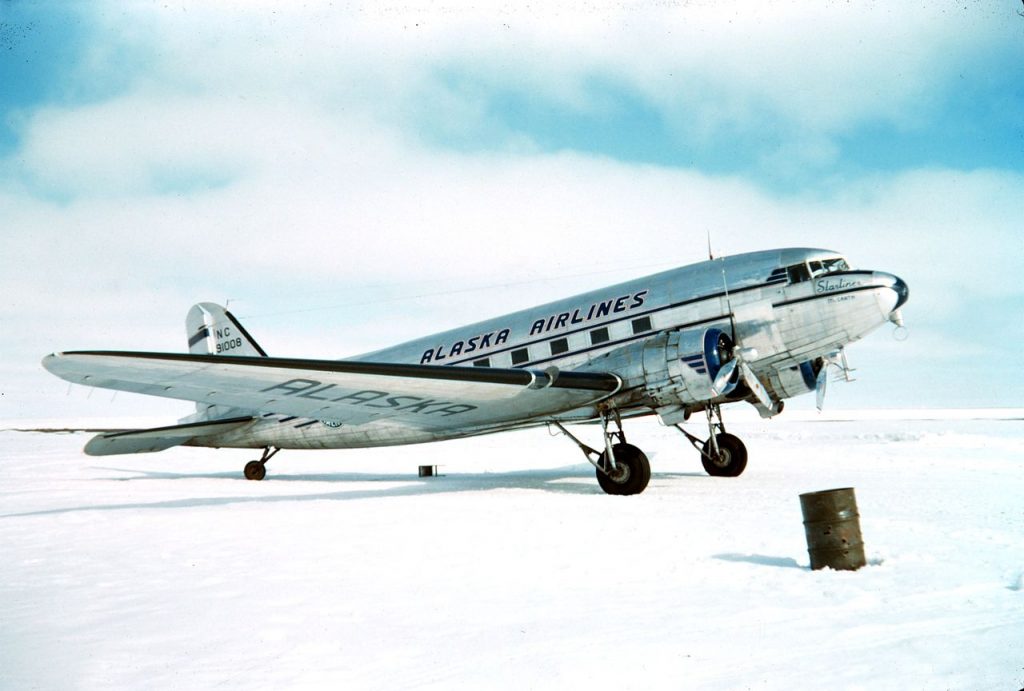
Original by Harley D. Nygren, color adjustment and cleanup by User:Hohum 27 January 2012, files separated to make both accessible [CC BY-SA 3.0 (https://creativecommons.org/licenses/by-sa/3.0)]
Convair 880/990

Boeing 707/720
Boeing 727-100
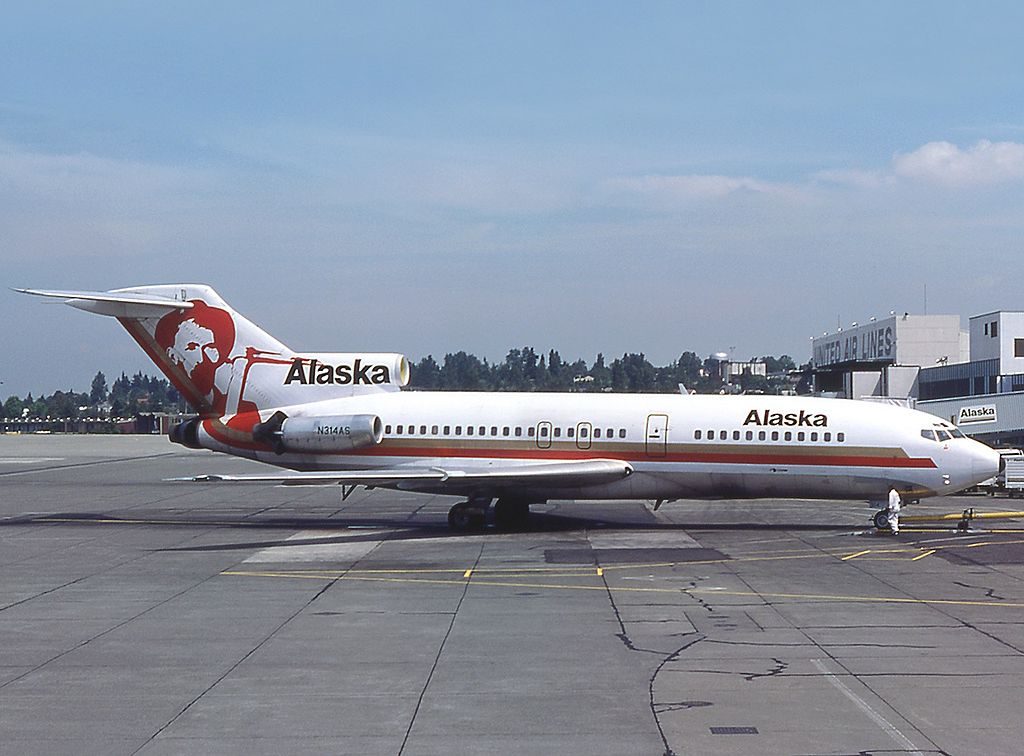
Michel Gilliand [GFDL 1.2 (http://www.gnu.org/licenses/old-licenses/fdl-1.2.html) or GFDL 1.2 (http://www.gnu.org/licenses/old-licenses/fdl-1.2.html)]
Boeing 727-200
Boeing 737-200
Boeing 737-400
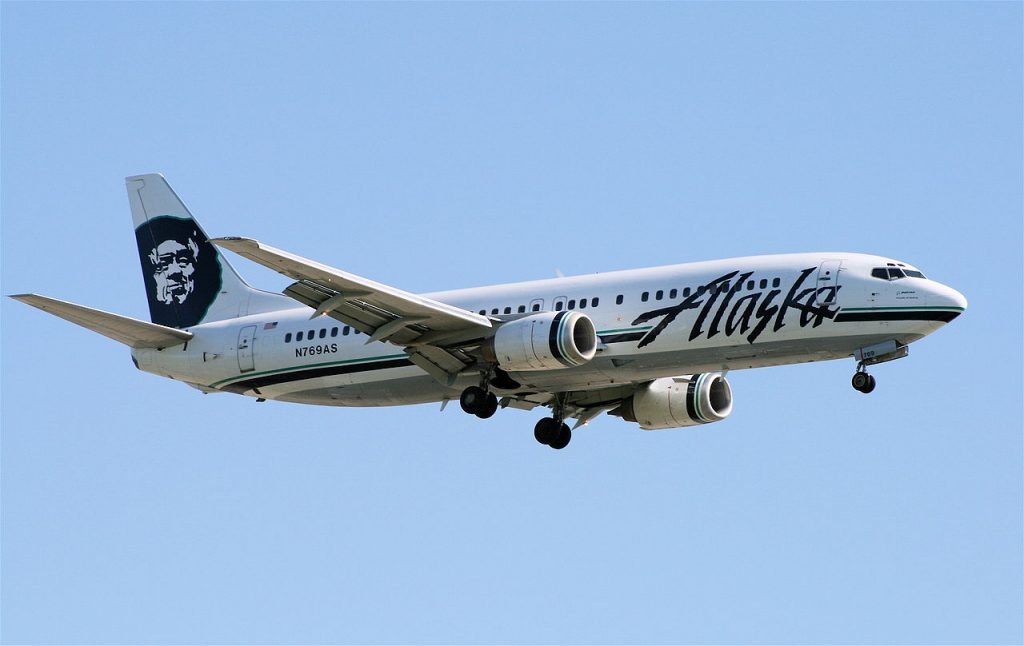
McDonnell Douglas MD-80
Airbus A319/A320
Airbus A320/A321neo
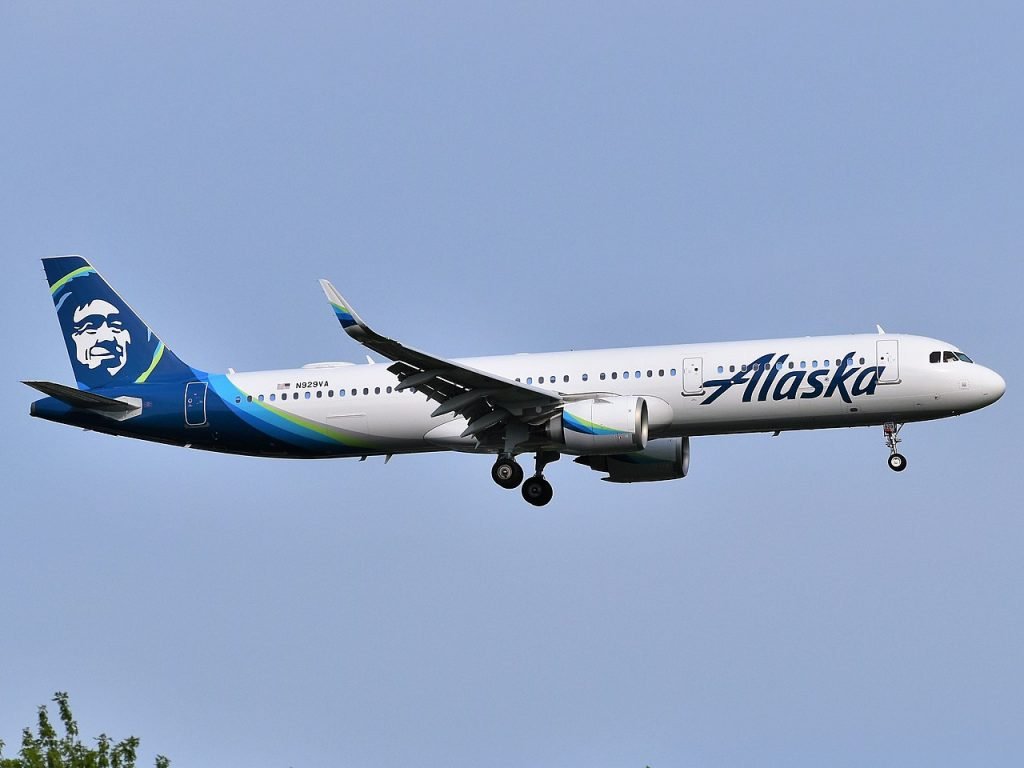
Adam Moreira (AEMoreira042281) [CC BY-SA 4.0 (https://creativecommons.org/licenses/by-sa/4.0)]
Boeing 737-700
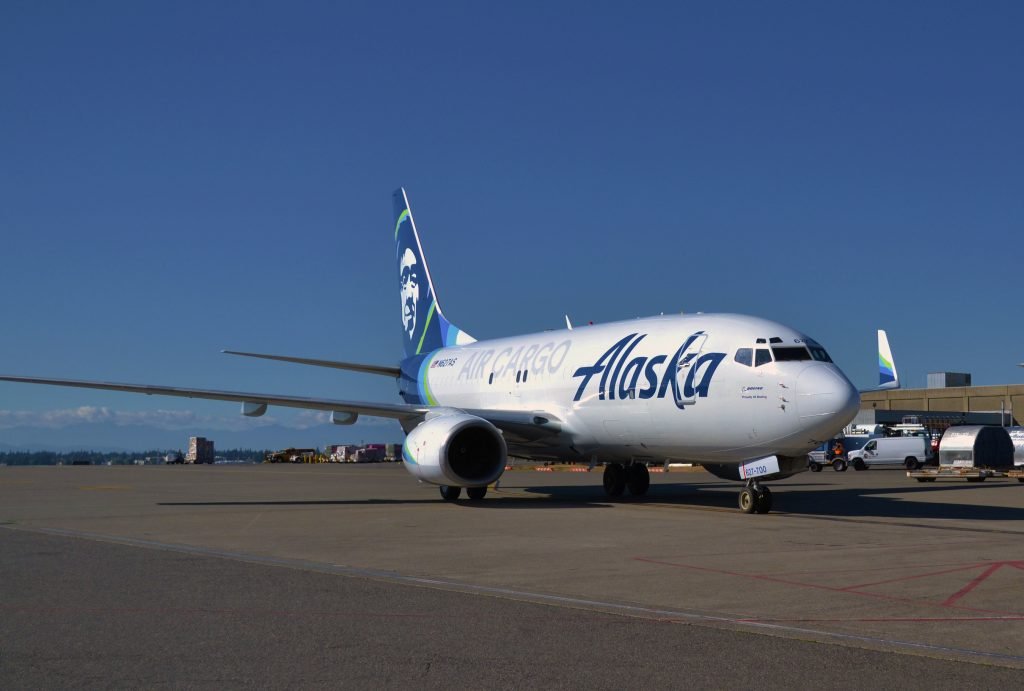
Alaska Air Cargo introduces world’s first converted 737-700 freighter (PRNewsfoto/Alaska Airlines)
Boeing 737-800
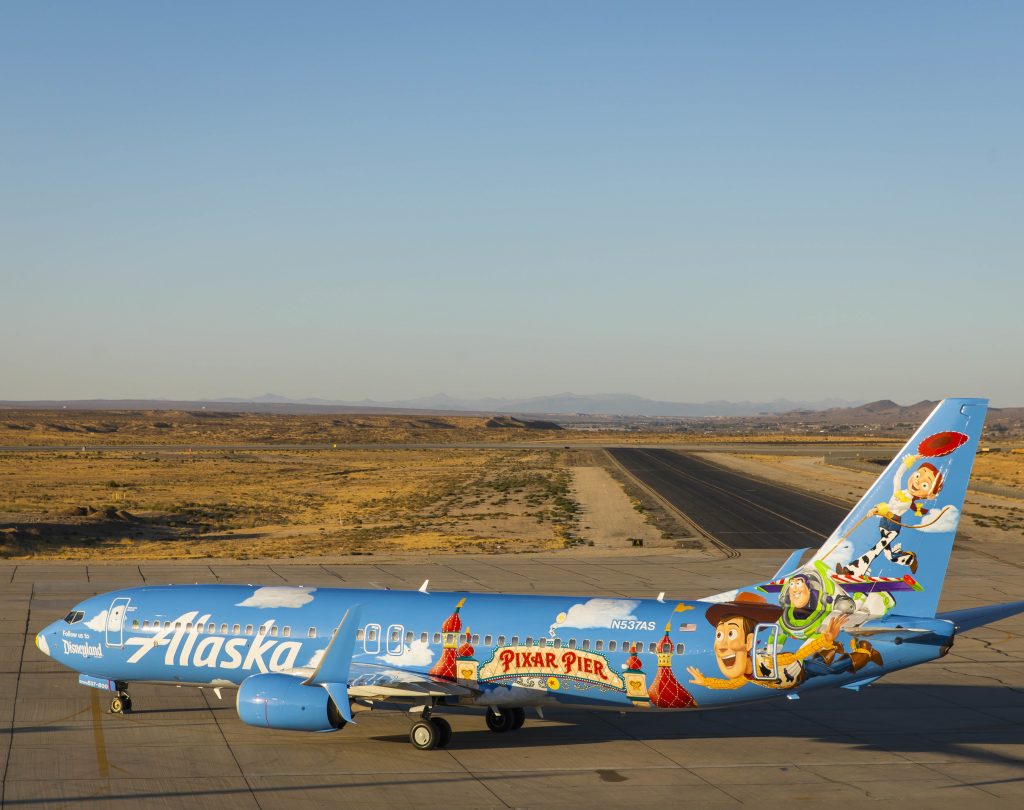
In collaboration with the Disneyland Resort, Alaska Airlines reveals its latest special-edition aircraft livery, that offers a whimsical tribute to Pixar Pier, a reimagined land at Disney California Adventure Park.
Boeing 737-900
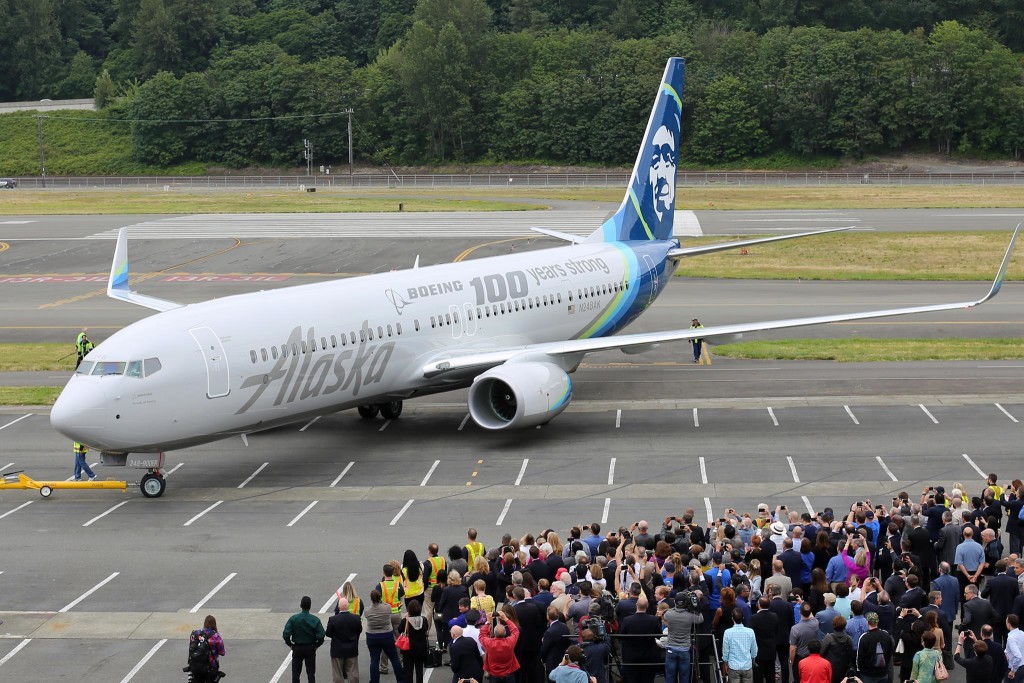
Alaska celebrates Boeing’s 100th anniversary on 737-900ER N248AK.
Boeing 737 MAX 9
To come. Deliveries have been delayed following the grounding of the 737 MAX.





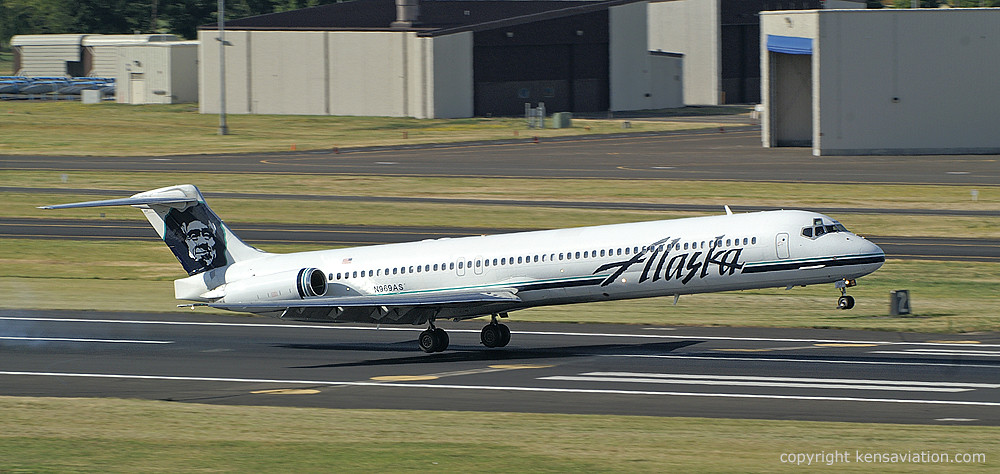




3 comments
For some reason you have left out the DC-4. Alaska operated worldwide charter flights in 1940s and 50s using DC-4s (C-54s). A good friend of mine (Elgen Long) here in Reno was a navigator on these flights and retired as a 747 Captain with Flying Tigers. He has written a book about 11 flights he made from Aden to Israel carrying around 100 Jewish refugees, with the seats removed. The flights could not fly over Arab countries so they flew up the middle of the Red Sea and then into Israel via Eilat. On approaching Israel they would transmit a short morse signal and would receive one letter reply (A or B). If the reply was negative they would divert to Cyprus. In fact that never happened. The CAA (FAA) temporarily pulled Alaska’s certificate after they found out about these historic flights.
Thanks John, really interesting story!
[…] (You can find out a little more about Alaska Airlines’ history in our look at its fleet through…) […]